Welcome to our bacterial resource page, your educational gateway into the colourful world of bacteria. Here, every curious mind can find helpful information to suit their individual learning style.
Whether you’re just about to embark on your scientific journey or want to delve deeper into the fantastic microbial world, we hope you will find informational material to your liking. Between videos, podcasts, blog posts, books, and explanatory visuals, this page has something for everyone.
Enjoy learning about the mesmerising world of bacteria and we invite you to send us your questions or feedback. We’re always happy to do our best and answer your questions about our amazing microbial friends.
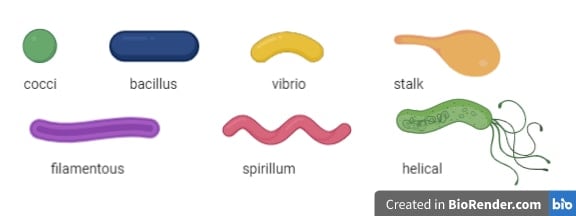
A bacterial cell can take various shapes. It can be perfectly round (cocci), rod-shaped (bacillus), comma-shaped (vibrio), form long filaments, or be spiral or helical.
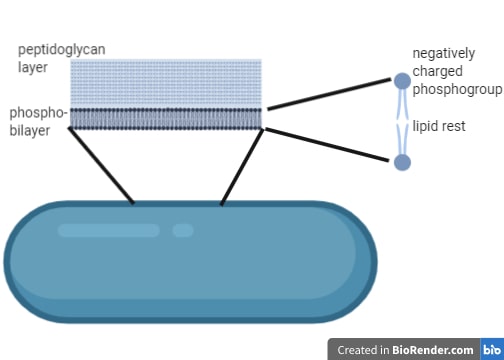
Gram-positive bacteria possess an outer cell wall, composed of a phospholipid bilayer and a thick layer of peptidoglycan.
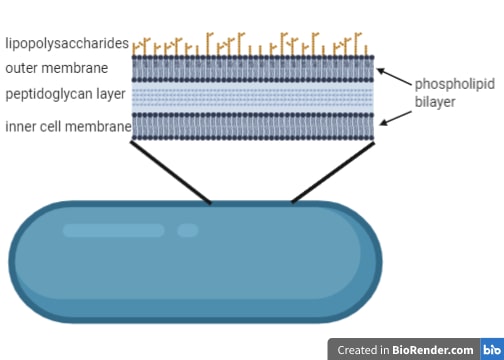
Gram-negative bacteria possess an outer and an inner membrane. A loose mesh of peptidoglycan is situated between these two membranes.
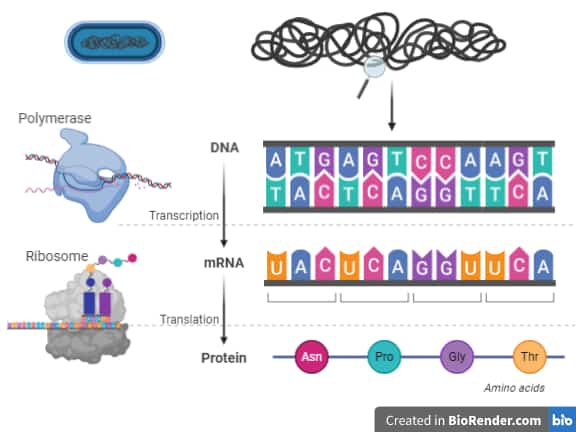
A bacterial cell contains a genome that resides within the cell. The polymerase reads specific DNA fragments, known as genes, and transcribes them into mRNA. The ribosome then reads the mRNA codons and translates them into specific amino acids. These amino acids form a chain to create a protein.
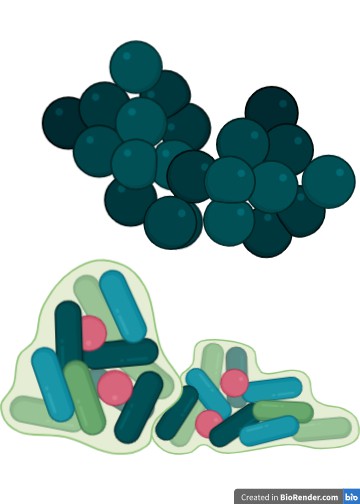
Bacteria develop as individual cells that can coexist in communities. These can comprise of one or multiple species.
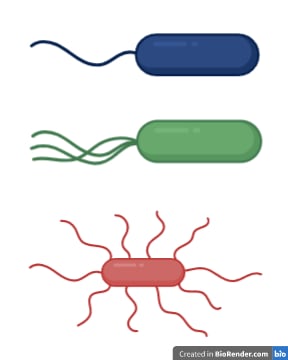
Some bacterial possess motors with long hair-like extensions called flagella. When the flagellum rotates, it allows the cell to swim and thus move around.
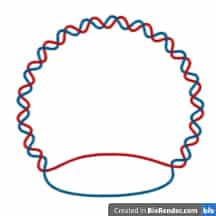
Many bacteria possess plasmids, types of circular DNA. These often carry genes for antimicrobial resistance. Bacteria can transfer these plasmids to other cells.
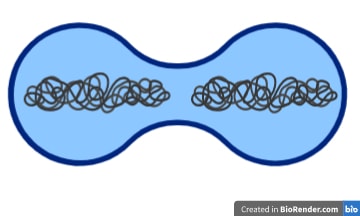
Bacteria grow through cell division. For this, the genome needs to be copied and divided into each daughter cell.